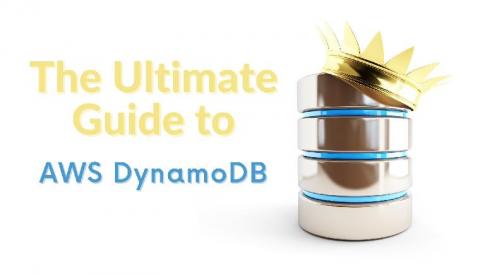Best Practices of Serverless at Scale
Share A serverless application in its infancy looks and runs vastly different to one at scale. When there are more components to manage, the key to operational excellence is rooted in serverless best practices. Dashbird was created with the mission to help developers succeed with modern cloud environments, no matter their size. As experienced developers ourselves, we’ve faced and understand the challenges found in the functionality of at-scale serverless architecture.




